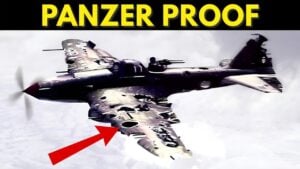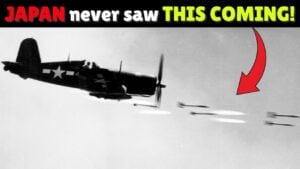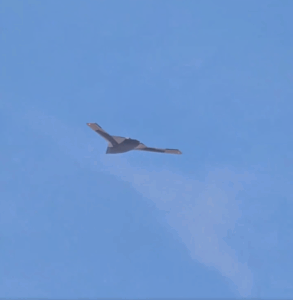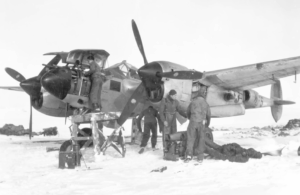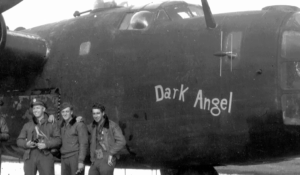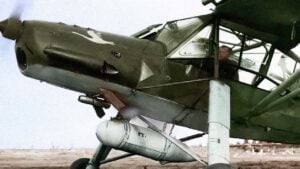The Shocking Truth About What Japan Thought of the P-38 Lightning
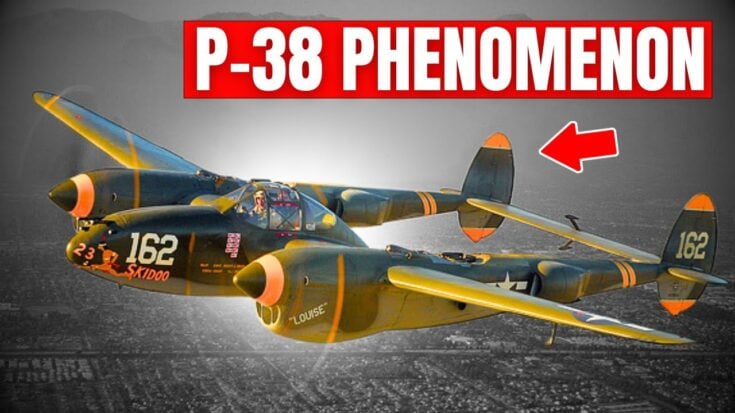
YouTube / Vintage Planes
When the P-38 Lightning appeared over the Pacific in late 1942, Japanese pilots were baffled. Its twin-boom design looked alien, and early intelligence dismissed it as a heavy, clumsy fighter. But reality quickly shattered that belief.
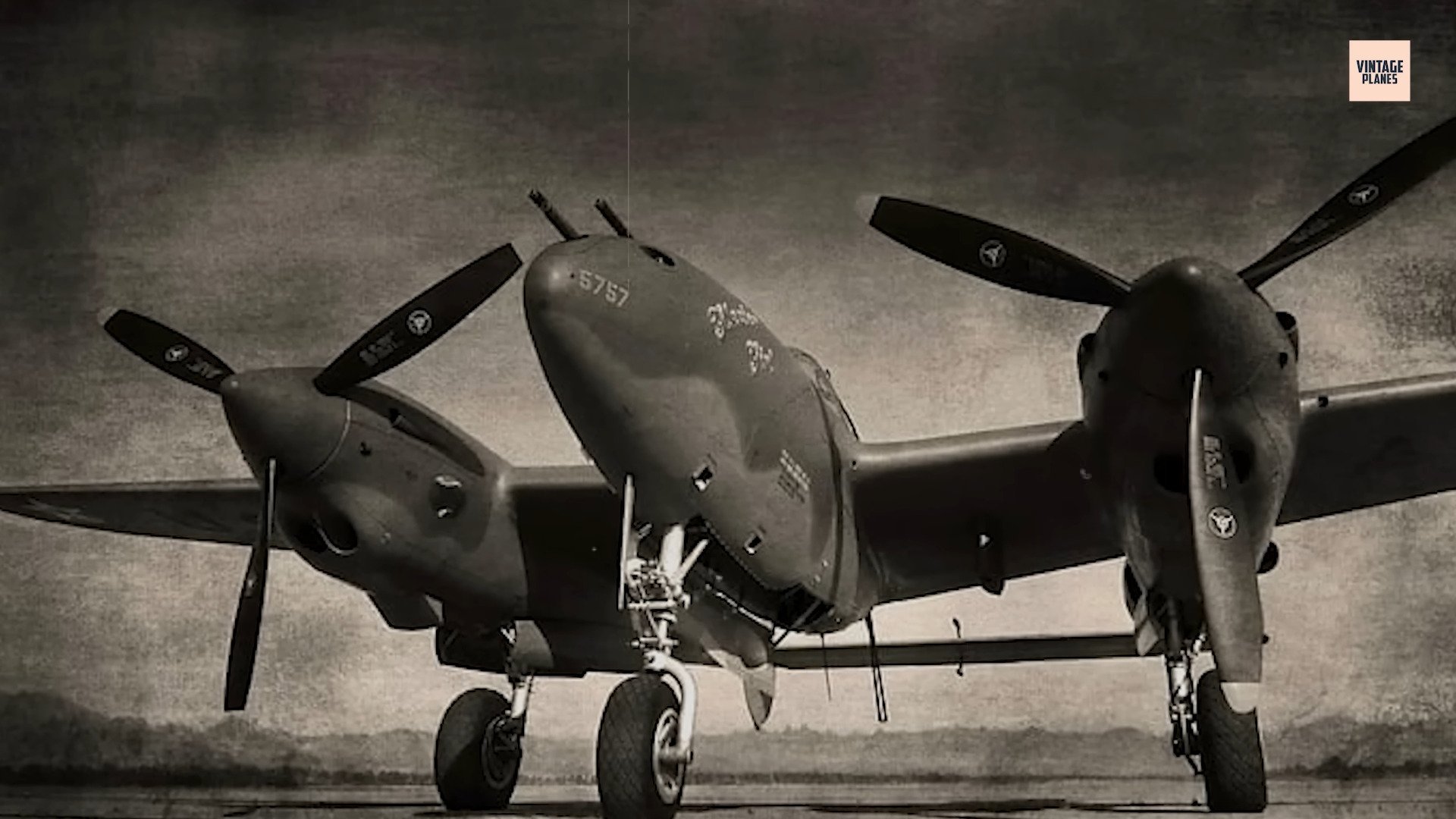
The P-38 was no turning dogfighter like the Zero—it was a high-speed, long-range predator. Powered by twin turbo-supercharged Allison engines, it could exceed 400 mph, strike from over 1,000 miles away, and hit targets with devastating nose-mounted cannons and machine guns. American pilots exploited its strengths, using boom-and-zoom tactics to dive, fire, and climb out of reach, denying the Japanese their preferred close-range combat.
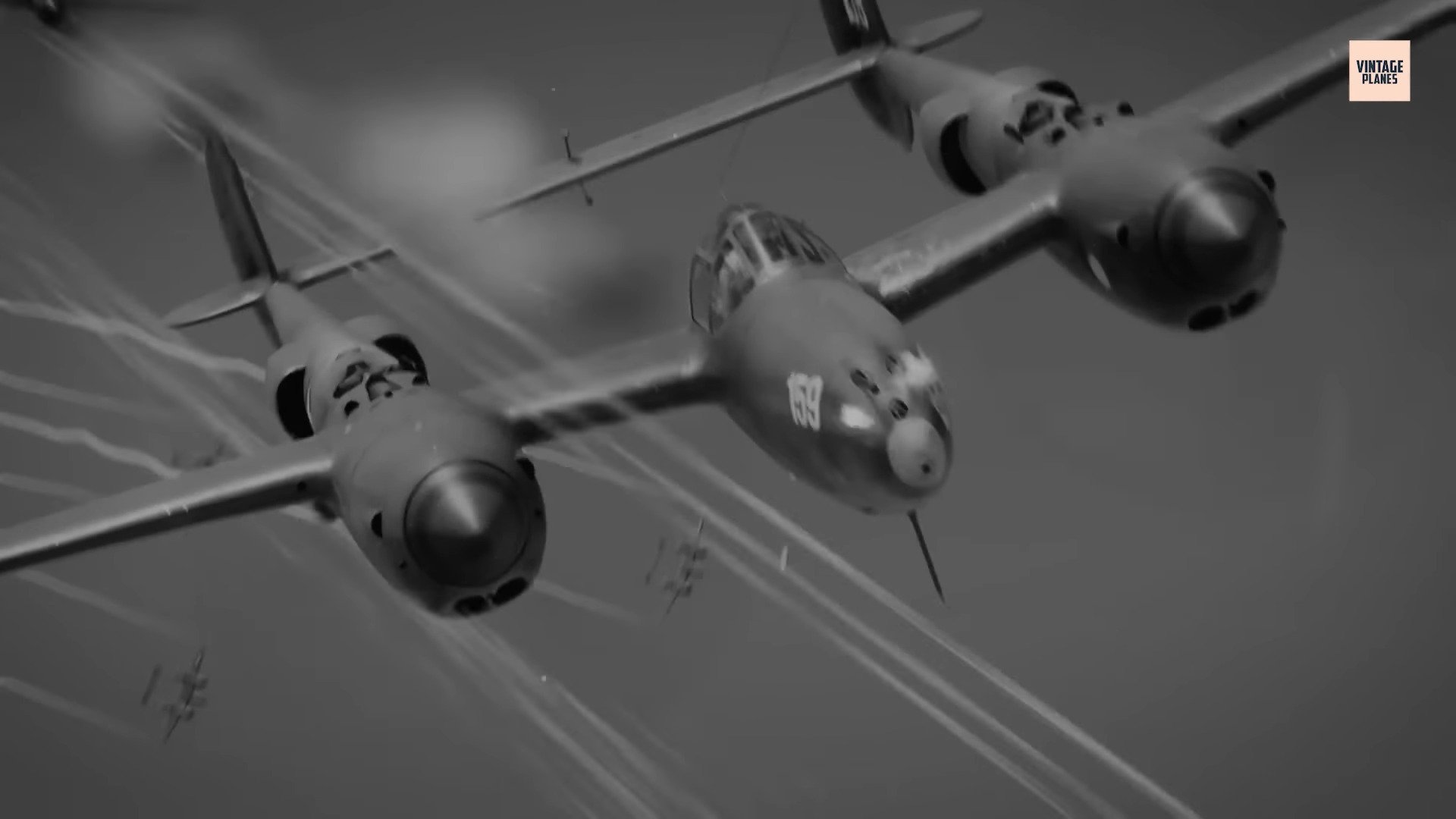
Early dismissals turned to alarm when P-38s began chasing Zeros from impossible distances and escorting bombers deep into enemy territory. The April 1943 interception of Admiral Isoroku Yamamoto cemented its reputation as a strategic threat. By late 1943, Japanese intelligence warned pilots to avoid duels with the Lightning, noting its terrifying diving speed, accuracy, and ability to appear unexpectedly.
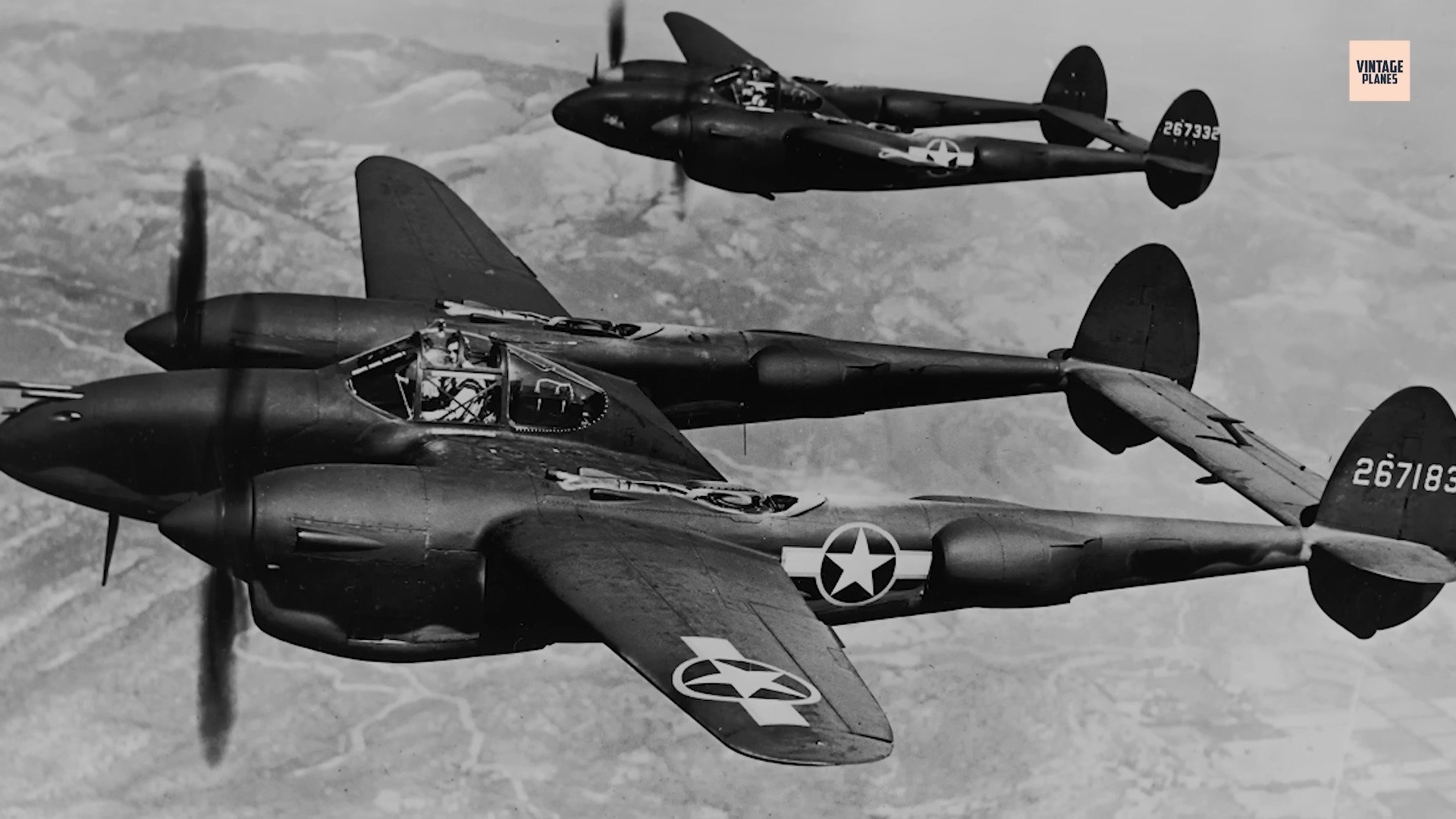
The psychological toll was real—Japanese aviators spoke of constant tension, knowing a P-38 could strike anywhere. Its ruggedness frustrated opponents who watched damaged Lightnings escape and return to fight again. This eroded the confidence that had defined Japan’s early-war air dominance.
The P-38’s legacy wasn’t just in kills—it forced Japan to confront the limits of short-range maneuver fighters. It proved that speed, range, and tactics could overturn conventional wisdom, reshaping aerial warfare in the Pacific and leaving a lasting mark on fighter design worldwide.














